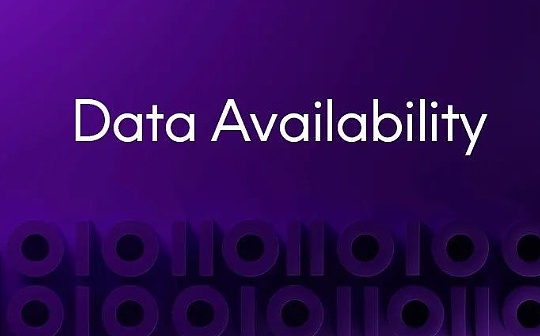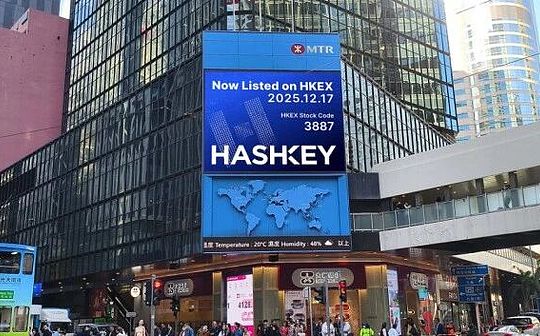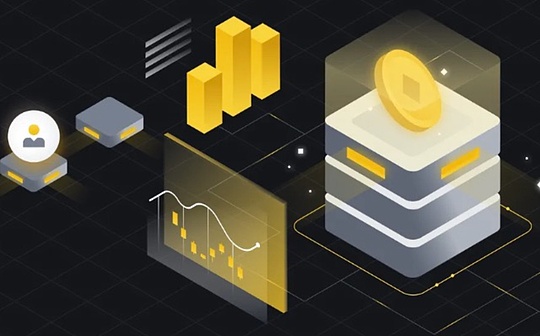
Source: Blockchain
“Orthodox”, which is contrary to WEB3’s spirit in this literal sense, has recently begun to appear more and more frequently in everyone’s vision.
In particular, the big discussion on the orthodoxy of Ethereum DA set off in the encrypted community involves the current star projects such as EIGENLAYER and Celestia, and even Vitalik Buterin, co -founder of Ethereum, began to speak frequently.So what exactly does DA, what does the controversy around it mean?
01What is DA?
DA is data availability. It is an important part of the modular blockchain architecture today.
Different from the single blockchain, the modular blockchain splits the different parts of a blockchain network into the corresponding functional layer, such as Execution, data availability, consensus, settlement (consensus), and consensus.settlement):
 Comparison of single -chain and modular blockchain, Tuyuan Network
Comparison of single -chain and modular blockchain, Tuyuan Network
implement:Responsible for handling the execution layer of transactions and status renewal;
Data usability (DA layer):Responsible for storing the data required for the validity of the transaction;
consensus:Responsible for determining the transaction sorting and final confirmation of the block, that is, determine what the order in the memory pool is included in which block is included;
Settlement:Responsible for verifying the status data of the Rollup L2 status and processing fraud certificate/validity proof;
At present, with the heating up of the L2 war and the continuous development of modular narrative, it is endless in projects such as Rollup or Celestia focusing on data availability.
In a modular world, the core function of data usability (DA) is to ensure that data on the chain can be used and access to all network participants to reduce costs and expand the blockchain.
What are the benefits of this?
First of all, it is naturally more professional,Taking the separation of data availability and execution as an example, in the modular architecture, one group of nodes can be fully responsible for DA, while another (or multiple groups) nodes are responsible for execution, and everyone performs its duties.In this context, in addition to achieving higher throughput, the dedicated DA layer can also improve interoperability and reduce costs.
Because theoretically, each node in the blockchain network must download all transaction data to verify whether the data is available. This is a very low efficiency and high cost, but it is also the current way of work in most blockchain.It is also an obstacle to scalability, because the amount of data required for verification increases with the size of the block.
The second is to greatly improve the scalability,Make each blockchain become Lego bricks. Developers can build more scalability blockchains by combining specialized modular chains to build more scalability blockchains.Make the new L2’s new L2 easier and easier.
So it’s plain, taking the modularization of Ethereum as an example, using the L1 main chain as the settlement and data availability layer, and using various Rollup L2 solutions as the execution layer to achieve expansion.
This is also the roadmap of Ethereum to modular blockchain stacks. Once this transition is completed, users will be able to use L2 solutions, and at the same time, they still benefit from the safety of Ethereum basic layers.
02DA “orthodox” debate
So why do VITALIK and the community have a big discussion about DA in the near future?What are the reasons for everyone?
Very simple, the mainstream project of the current data available layer,In addition to Ethereum (that is, the status data and proof are directly submitted to Ethereum L1), new solutions such as Celesita, Eigenlayer, and Avail have emerged.
With the development of CELESTIA, with the characteristics of scalability, sovereignty, flexibility, sharing security, etc., in terms of data available layers, they have produced Ethereum and attracted some universal Rollup L2 such as MANTA, ZKFAIR, etc.Use Celestia.
The most direct impact is that Manta Pacific migrate the data available layer from Ethereum to Celestia’s “window break effect”. This is also the first L2 based on CELESTIA, which has caused widespread discussion and attention in the Ethereum community.

For Manta Pacific, the motivation to do this is undoubtedly the reduction of data availability -according to official disclosure, since the DA layer was migrated to Celestia, the cost was reduced by 99.81%compared to the use of Ethereum main network, which can be called the index level.
Of course, the third -party DA solution like Celestia Compared with Ethereum as the Rollup of the DA layer, it must have sacrificed a certain amount of security.But for the weighing of these L2, which DA is used for costs and safety, the impact of cost is undoubtedly more critical.
Therefore, new projects such as Aleo, Dymension, ZKFAIR have participated in new DA solutions such as CELESTIA to reduce costs, and even Polygon chose to turn to Near, and bluntly stated that “8000 times cheaper than Ethereum.”

Translation: 8000 times cheaper than Ethereum!
I want to know what compared with other DA solutions such as Celestia?
可以预见的是,只要成本优势持续存在,那未来集成Celestia 等新DA 解决的方案的L2 会越来越多,这都给以太坊造成了不小的冲击,尤其是激起了以太坊社区与The Celesita team’s competition for the definition of Ethereum L2.
Therefore, the DA “orthodox” debate, in short, is about the debate of the general Rollup L2 that replaces the DA layer from Ethereum to Celesita, Avail and other modular blockchain DA.
03The DA track development dark line behind
In general, the blooming flowers of related DA solutions such as Celestia did weaken the competitiveness of Ethereum DA to a certain extent.
Specifically, it is not only CELESTIA that impacted Ethereum’s “orthodoxity”.It can be roughly divided into four categories:
Ethereum Blob / DANKSHARDING;
Independent decentralized DA such as Celestia;
EIGENDA/MANTLEDA (using ETH RESTAKING DA);
Near and other rookies;
Among them, Celestia does not need to say more, which is regarded by many community users as the “rigid” that the huge economic benefits brought by the cost of L2 GAS.
In particular, the current Ethereum projects such as MANTA, ZKFAIR, Arbitrum Orbit, GM L2 Eclipse, decentralized API data service protocol Pocket Network, and modular blockchain network Movement Labs have been using CELESTIA.
Once the scale effect is formed, it may indeed continue to erode the cost income of Ethereum, grow into a specialized DA giant, and obtain a high valuation premium (the share of Ethereum loss).
besides,EIGENDA makes full use of the existing infrastructure of Ethereum, depending on Ethereum, and extending the security consensus of Ethereum through RestAking. Therefore, it is essentially maintaining the “orthodoxity” of Ethereum DA to enhance the DA capability of Ethereum.
Near is also a “new” seed player. In addition to the Polygon mentioned above, Arbitrum Orbit has also integrated Near DA, allowing developers to launch their own configuration Rollup based on Arbitrum technology.
In general, in fact, from the market price of TIA soaring, it can also be seen that the DA track has evolved with the new pattern of L1 & amp; 2, and it has gradually entered everyone’s mainstream vision.
From this perspective, the game of DA’s “orthodoxity” will also become a main narrative of 2024, and even evolved a new “Ethereum killer”. As for whether you can run out, let us wait and see.








